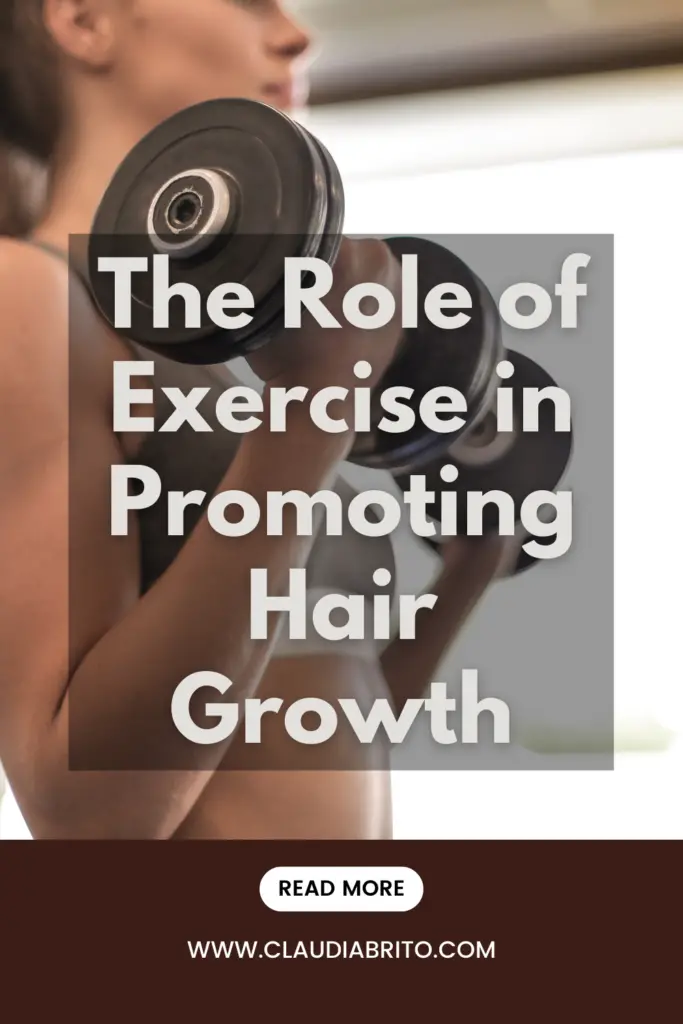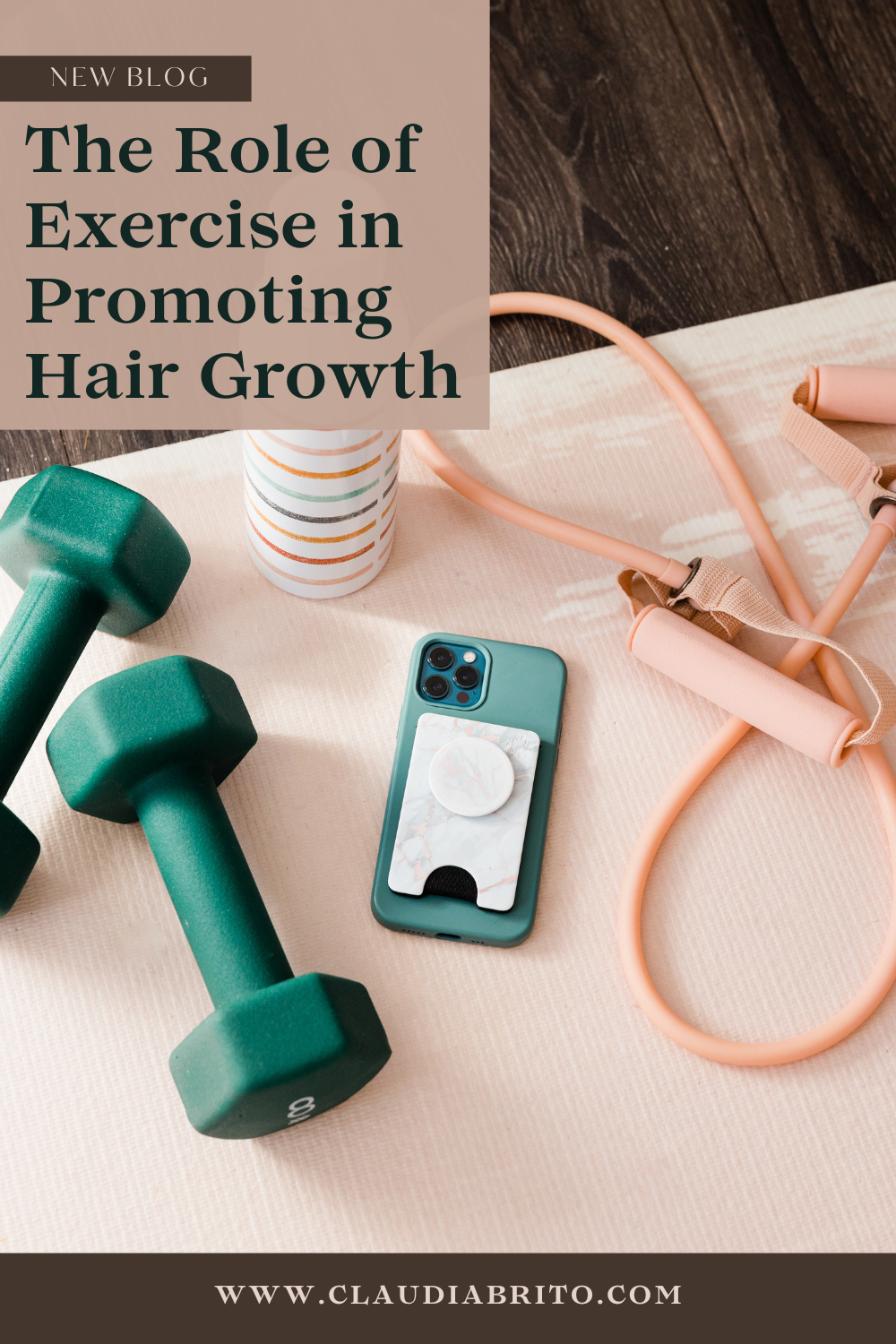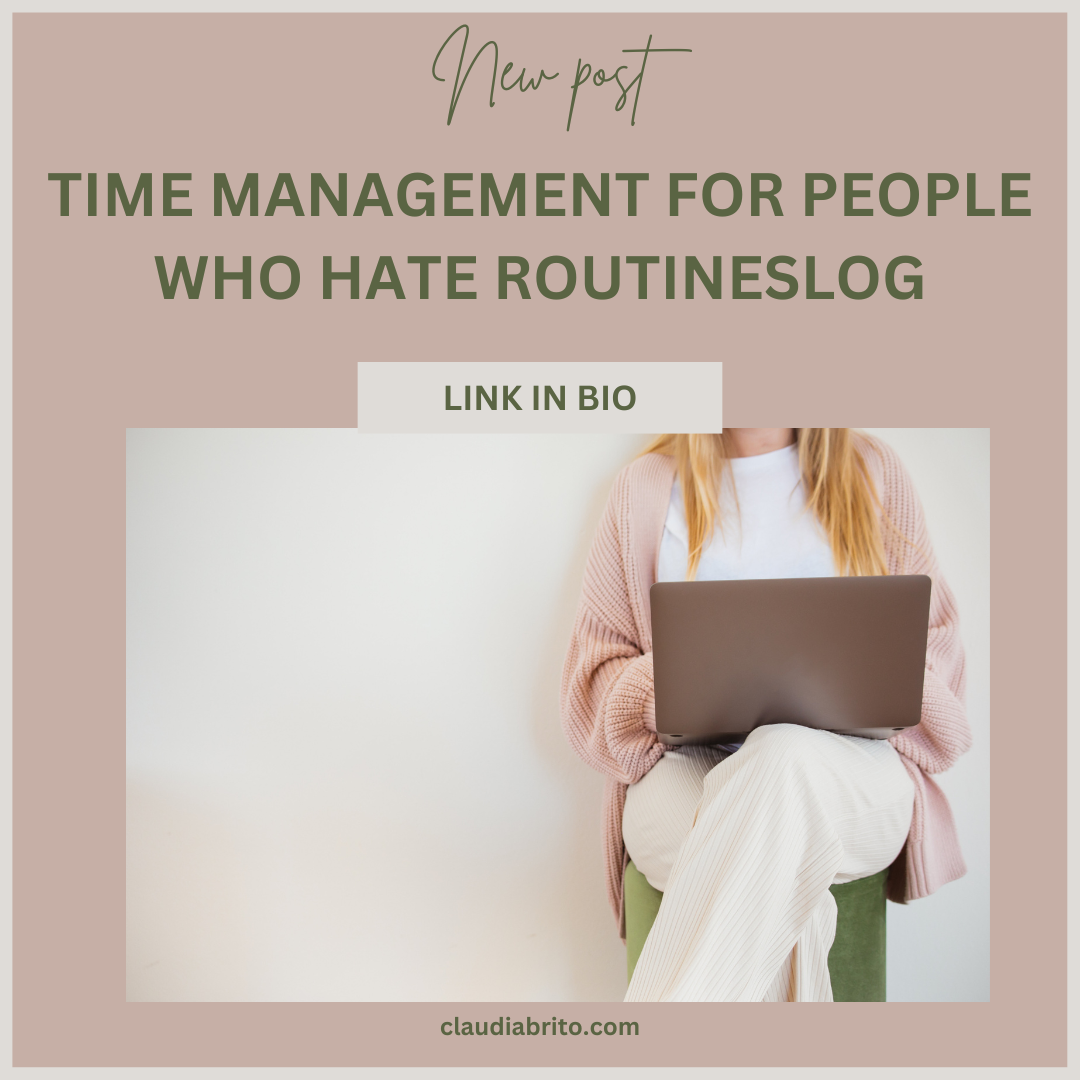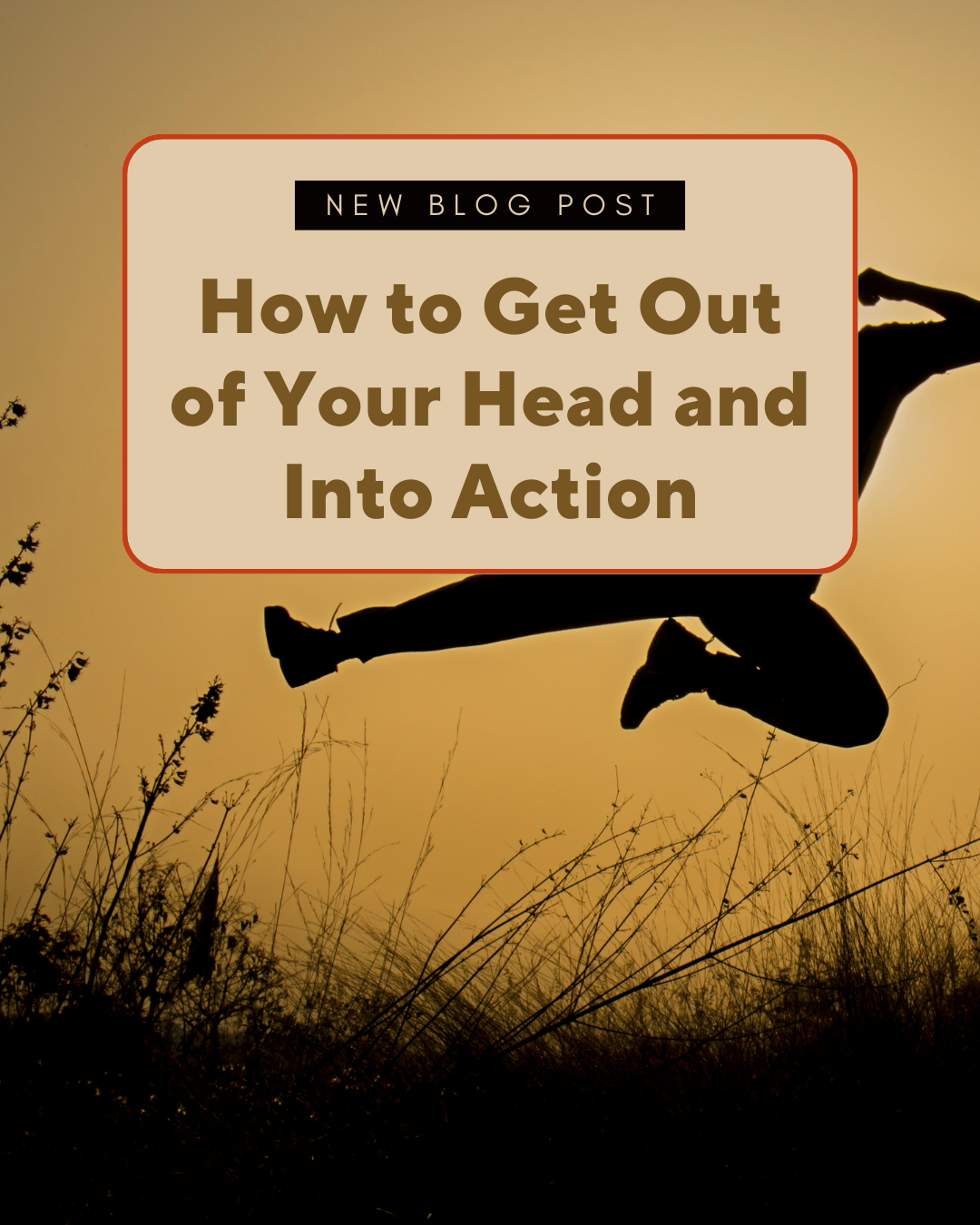Hair growth is a complex process influenced by factors like genetics, diet, hormonal balance, and overall health. Among these, exercise stands out as a significant contributor to healthy hair. This comprehensive guide explores how exercise promotes hair growth, supported by scientific evidence and practical insights.

Understanding Hair Growth
Hair grows in cycles with three main phases:
- Anagen (Growth Phase): Lasting 2-7 years, this is the active growth period.
- Catagen (Transition Phase): A short 10-14 day phase where growth stops.
- Telogen (Resting Phase): Lasting about 3 months, this phase sees old hair fall out, making way for new growth.
Factors like genetics, hormonal balance, and overall health can influence these phases. Let’s explore how exercise impacts these factors to promote hair growth.
How Exercise Promotes Hair Growth
1. Improves Blood Circulation
Exercise increases heart rate, pumping more blood throughout the body, including the scalp. This improved circulation ensures hair follicles receive essential oxygen and nutrients, promoting healthier hair growth. A study published in the Journal of Investigative Dermatology suggests that increased blood flow can prolong the anagen phase, leading to longer, healthier hair.
2. Reduces Stress
Stress can trigger hair loss conditions like telogen effluvium. Exercise reduces cortisol levels, the body’s primary stress hormone, and boosts endorphins, promoting relaxation and well-being. Research in the American Journal of Physiology highlights exercise’s role in reducing stress, which indirectly supports hair growth.
3. Balances Hormones
Hormonal imbalances can lead to hair loss conditions like androgenetic alopecia. Regular exercise helps regulate hormone levels, potentially mitigating hair loss. According to a study in the Journal of Clinical Endocrinology & Metabolism, physical activity can balance hormones, benefiting hair health.
4. Releases Natural Scalp Oils
Sweating during exercise releases natural oils from the scalp, nourishing and moisturizing hair. These oils are essential for maintaining scalp health and preventing dryness. However, washing hair post-exercise is crucial to prevent buildup.
5. Enhances Nutrient Absorption
Exercise improves the body’s ability to absorb essential nutrients, vital for hair health. A study in Nutrition Reviews found that regular physical activity enhances nutrient absorption, supporting overall health, including hair.
6. Promotes Better Sleep
Quality sleep is crucial for body repair, including hair follicles. Exercise helps regulate sleep patterns, ensuring restorative sleep. Research in the Journal of Sleep Research indicates that regular exercise improves sleep quality, indirectly supporting hair growth.
7. Flushes Out Toxins
Sweating during exercise helps detoxify the body, removing harmful substances from the scalp and creating a healthier environment for hair growth. Hydration is key to support this detox process.
Specific Exercises for Hair Growth
1. Cardio Exercises
Activities like jogging, cycling, and swimming improve blood circulation, providing nutrients and oxygen to hair follicles. Aim for at least 150 minutes of moderate aerobic exercise weekly.
2. Yoga
Yoga not only reduces stress but also improves blood flow. Inverted poses like downward-facing dog enhance scalp circulation. Incorporating yoga into your routine can benefit both your mind and hair.
3. Neck Exercises
Neck stretches and rotations can improve blood flow to the scalp, supporting hair growth. These can be easily integrated into daily warm-up routines.
4. Breathing Exercises
Breathing exercises, such as deep breathing and pranayama, reduce stress and improve oxygen delivery. Practicing these daily for 5-10 minutes can enhance overall well-being.
Combining Exercise with Other Hair Growth Strategies
1. Balanced Diet
A diet rich in protein, iron, omega-3 fatty acids, vitamins, and minerals is essential for hair health. Include lean meats, fish, nuts, seeds, fruits, and vegetables in your diet for optimal nutrition.
2. Scalp Care
Regular scalp massages and exfoliation can enhance scalp health. Using essential oils and gentle exfoliants helps maintain a healthy scalp environment.
3. Proper Hair Care Practices
Minimize hair damage by avoiding excessive heat styling and using gentle hair care products. Protect your hair with silk pillowcases and avoid tight hairstyles that can cause traction alopecia.
Addressing Specific Hair Concerns with Exercise
1. Thinning Hair
Exercise can help by improving circulation and reducing stress. For severe cases, consider professional treatments like PRP therapy or hair transplantation.
2. Dry or Damaged Hair
Exercise enhances nutrient absorption and promotes the release of natural oils. Use moisturizing products and avoid heat styling to protect hair.
3. Oily Scalp
Sweating helps detoxify the scalp. Use clarifying shampoos to manage oiliness and maintain scalp balance.
Conclusion
Exercise is a powerful tool for promoting healthy hair growth through various mechanisms, including improved blood circulation, stress reduction, and enhanced nutrient absorption. While it cannot cure hair loss, it creates optimal conditions for hair growth when combined with a balanced diet and proper hair care.
Incorporating regular physical activity into your lifestyle not only benefits your hair but also enhances your overall health. Whether you prefer cardio, yoga, or simple neck stretches, finding a routine you enjoy and can stick with is crucial for achieving the best results.
Note: Patience is key, as noticeable changes in hair growth may take several months. If you’re concerned about hair loss, consult with a healthcare professional for personalized advice and treatment options.
YOU MIGHT ALSO LIKE
Time Management for People Who Hate Routines
Not everyone wakes up at 6 a.m., drinks a green smoothie, journals, and follows a color-coded calendar in time —and that’s okay. If you’re someone who cringes at…
4 min read
Time Wasters I Quit in My 20s
Time in your 20s are supposed to be about finding yourself, exploring your potential, and laying the foundation for the rest of your life. But let’s be honest—it’s…
4 min read
Time Management for Overthinkers: How to Get Out of Your Head and Into Action
If you’re the kind of person who spends more time planning to be productive than actually getting things done—this one’s for you. Overthinking can feel like being stuck…
4 min read
Traveling Solo vs. Traveling with a Partner: The Truth
If you’ve ever daydreamed about traveling, booking a one-way ticket, and hitting the road solo—or imagined exploring the world hand-in-hand with your favorite person—you’re not alone. Travel fantasies…
4 min read
How I Plan a Trip in Under 3 Days
Last-minute travel doesn’t have to mean last-minute panic. I used to think that planning a trip in under three days was a recipe for stress—but after doing it…
4 min read
The Best Places for Solo Female Travelers: Explore with Confidence
Traveling solo as a female adventurer offers a sense of freedom, self-discovery, and empowerment. However, finding the right destinations that are safe, welcoming, and offer unique experiences can…
4 min read






